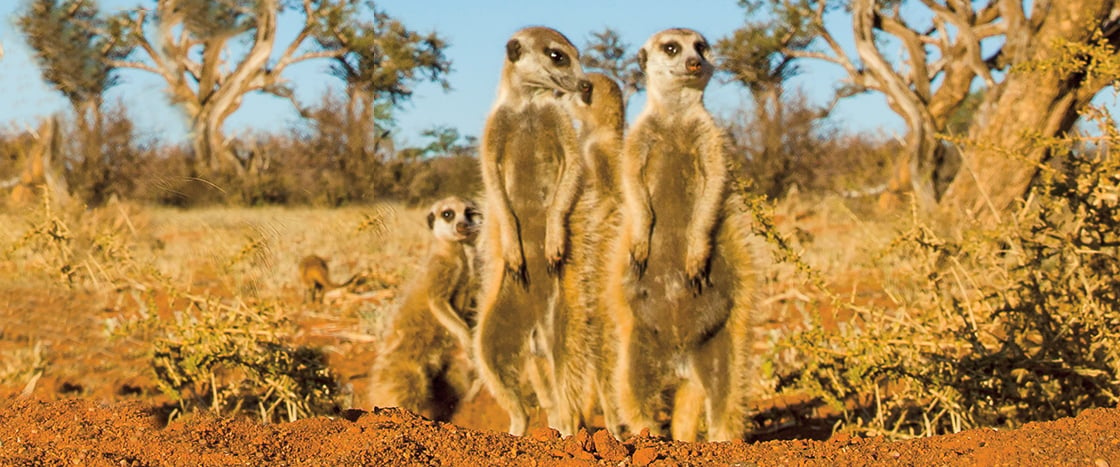Next month, Americans will cast their ballots for the next president of the United States. While voting might seem like an activity that is unique to humans, scientists have learned that it’s not! Several species of animals make decisions by majority agreement. A majority is a value that’s greater than half of the total. Check out these critters that have a wild way of voting!
Americans will vote to decide the next president of the United States next month. You might think voting is something only humans do. Scientists have learned that’s not the case! Several species of animals make decisions based on how many members of a group agree. Check out these wild ways of voting!

